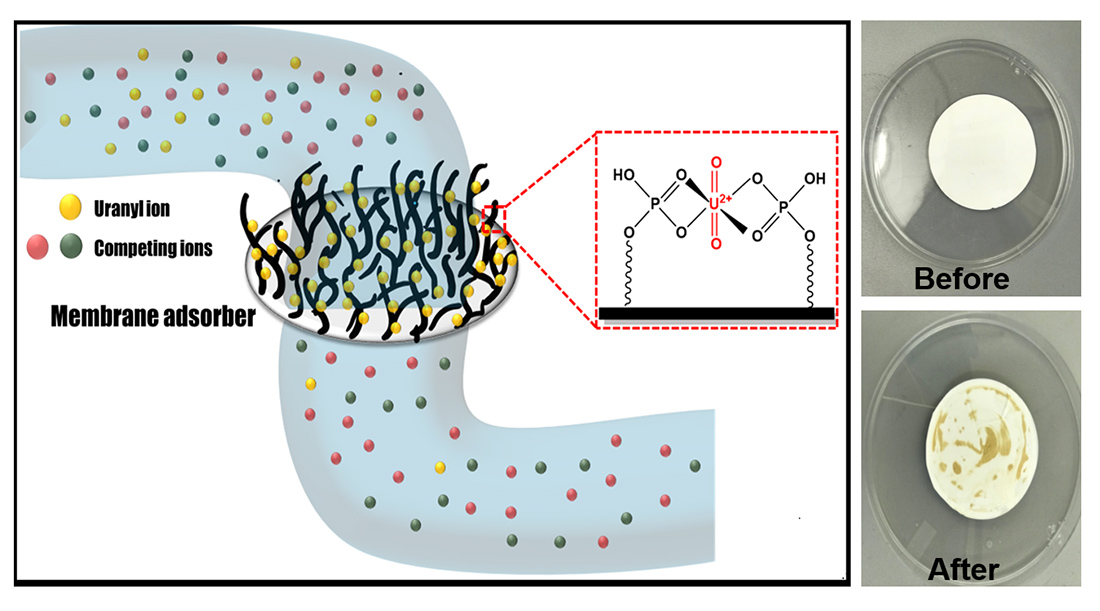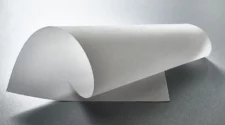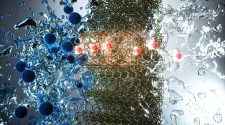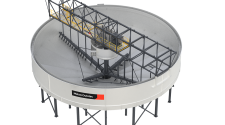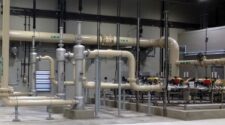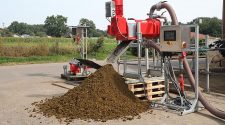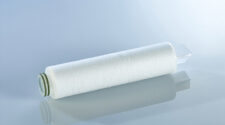Priyanka Suresh has always been passionate about clean water and clean energy availability. She received her undergraduate degree in Petroleum Engineering at Anna University in India. As an undergraduate, she was involved in research projects focusing on the removal of textile dyes and pharmaceutical wastes from water using graphene-oxide doped nanoparticles. This inspired her to continue working on engineered materials for complex separations.
Currently, Priyanka is working on designing polymer membrane adsorbers for rapid removal and separation of actinides for energy, medical isotope purification, and nuclear waste management applications. When she started her graduate study, she got excited about this current project, as it aligned perfectly with her research interests. Over the past two years, Priyanka has come to realize the potential of membranes as powerful separation media.
Research overview
The overarching theme of Priyanka’s research is to employ membrane adsorbers (MAs) for radiochemical separations. Such radiochemical separations are important fornumerous applications, such as medical isotope purification (for medical imaging and radiotherapy), nuclear waste management, and nuclear forensics.
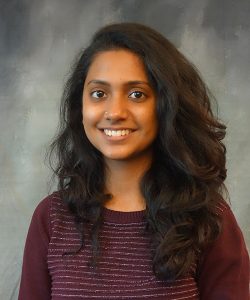
3rd Year Ph.D. Student
Case Western Reserve University
Department of Chemical and Biomolecular Engineering
Professor/Advisor: Christine E. Duval, Ph.D.
Simply put, MAs are microporous membranes that can be designed to perform specific separations based on affinity, ion exchange or hydrophobic interactions. In contrast to rejection-based membranes (filtration and reverse osmosis), the separation mechanism for MAs is selective adsorption of the desired species on the membrane surface. These materials are promising candidates for “catch-and-release” chromatography because they can perform separations at much higher flow rates than traditional resin-based separations without sacrificing product recovery, thus, reducing separation times.
The important design consideration for employing MAs for metal ion separations is to maintain high metal ion selectivity and high permeability – i.e., maximizing metal ion capture without severely constricting the void space on the membrane. This can be addressed by tuning the selectivity of a MA by grafting polymer brushes on the membrane that are selective to the metal ion of interest.
The objective of Priyanka’s graduate research is to understand the effect of polymer brush structure and composition on the efficiency of MA separation. Thus far, Priyanka has designed poly (phosphonic acid) – based membrane adsorbers for two applications: (1) for the selective separation of uranium from seawater, as an alternative source of uranium for nuclear fuel; and (2) for the purification of actinium for radiotherapy.
These materials are promising candidates for “catch-and-release” chromatography because they can perform separations at much higher flow rates than traditional resin-based separations without sacrificing product recovery, thus, reducing separation times.
The concentration of U(VI) in seawater is ~3.3 ppb, which calls for a highly selective material to facilitate this separation. The synthesized MAs exhibited high uranium selectivity in the presence of orders of magnitude higher concentrations of other ions in seawater. Through this work, it was determined that the amount of U(VI) adsorbed on the membrane does not depend on the total number of available sites, rather, on the number of accessible sites when the membrane is used in a continuous filtration mode.
Furthermore, the degree of cross-linking and swelling of the grafted polymer contributes to site accessibility. Currently, Priyanka’s research is focused on learning how to tune the binding strengths of MAs by controlling H-bonds, hydrophobic interactions and polymer brush spacing. If it is possible to control the selectivity of the MA, Priyanka says these materials can be readily designed for different radiochemical separations.
Concurrently, Priyanka is modeling the effect of the inter and intra- polymer chain interactions of these phosphate-based MAs on the overall mass transport and binding kinetic of such materials. Establishing a molecular-level insight on MA design for metal ions will enable the rational design of new materials for numerous industrial and environmental applications to remove contaminants or concentrate value-added metals from waste streams.
Career goals
Currently Priyanka is focusing on completing her Ph.D. in the next couple of years. She has a paper under submission and is currently working on one more. She aspires to publish several additional papers and to author a book chapter/review paper prior to completing her Ph.D. program.
Priyanka participated in the 2019 American Filtration and Separations Society conference in Cleveland and won the first prize for poster presentation. She has an internship with LAM Research this summer. After graduation she would like to continue her research career as a post-doctoral fellow and eventually work in academia or industrial R&D.
So far, Priyanka’s academic career has been greatly inspired by some of her professors and mentors; and she would like to do her part to pass on the passion for science. She envisions herself working on separation research for water, energy and environmental applications.


